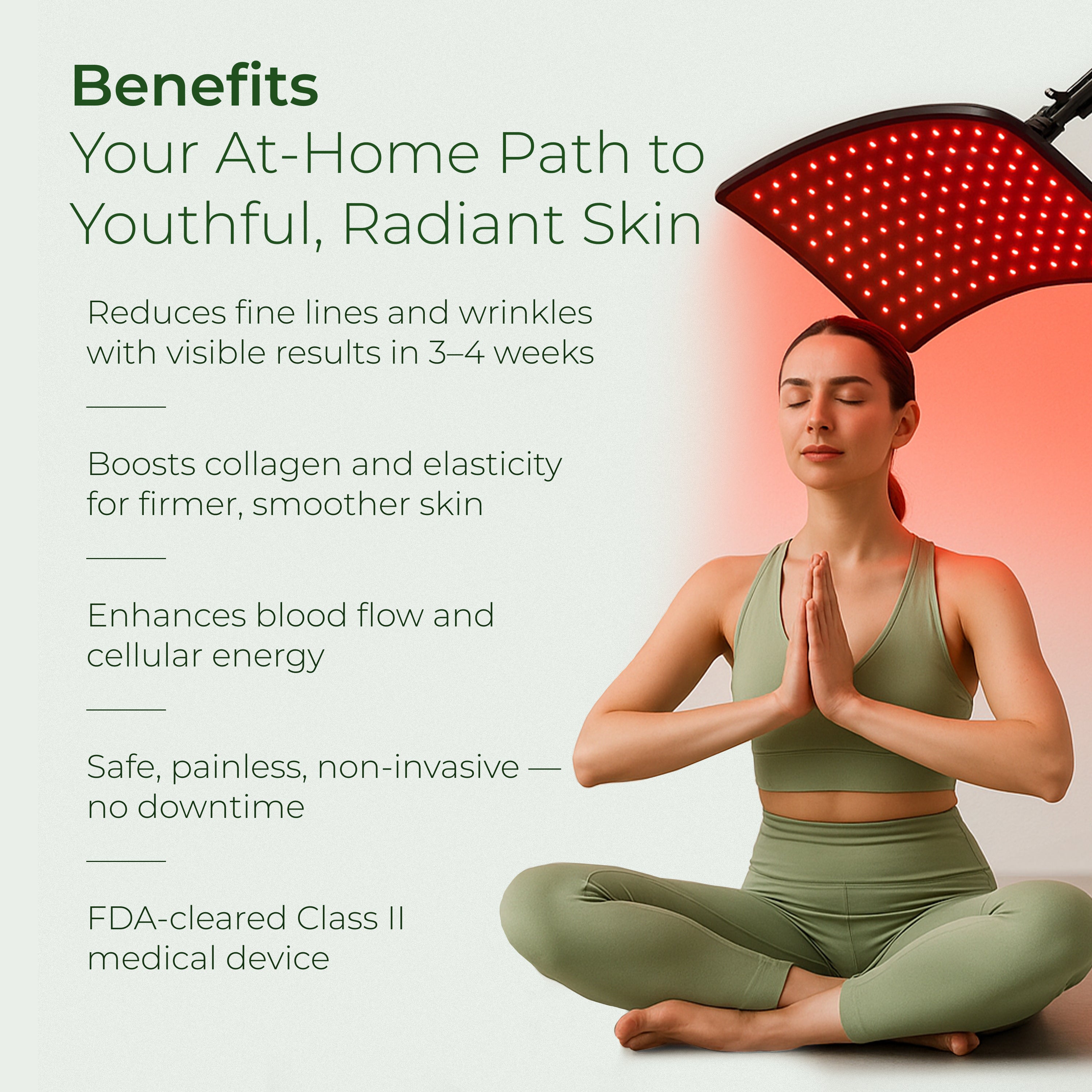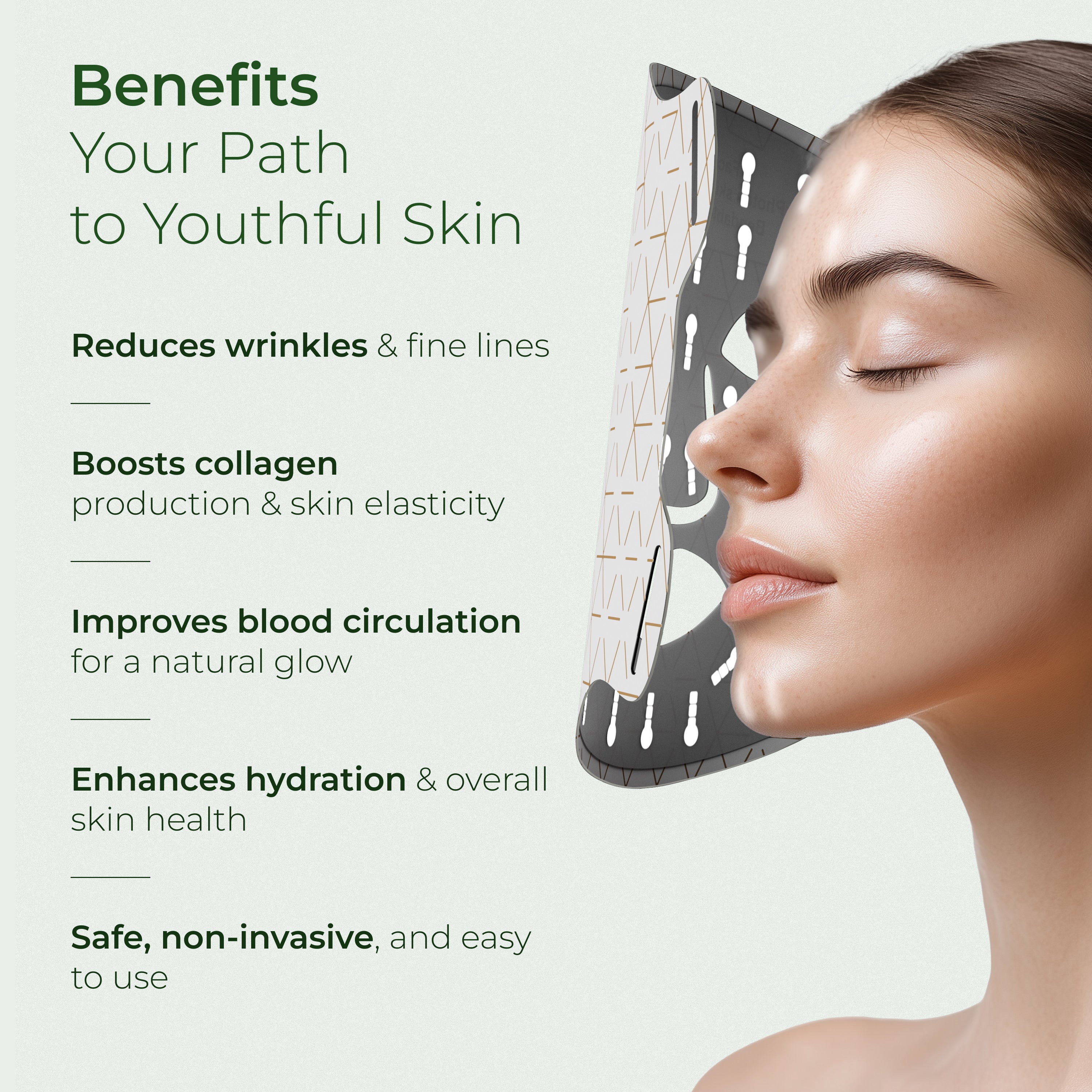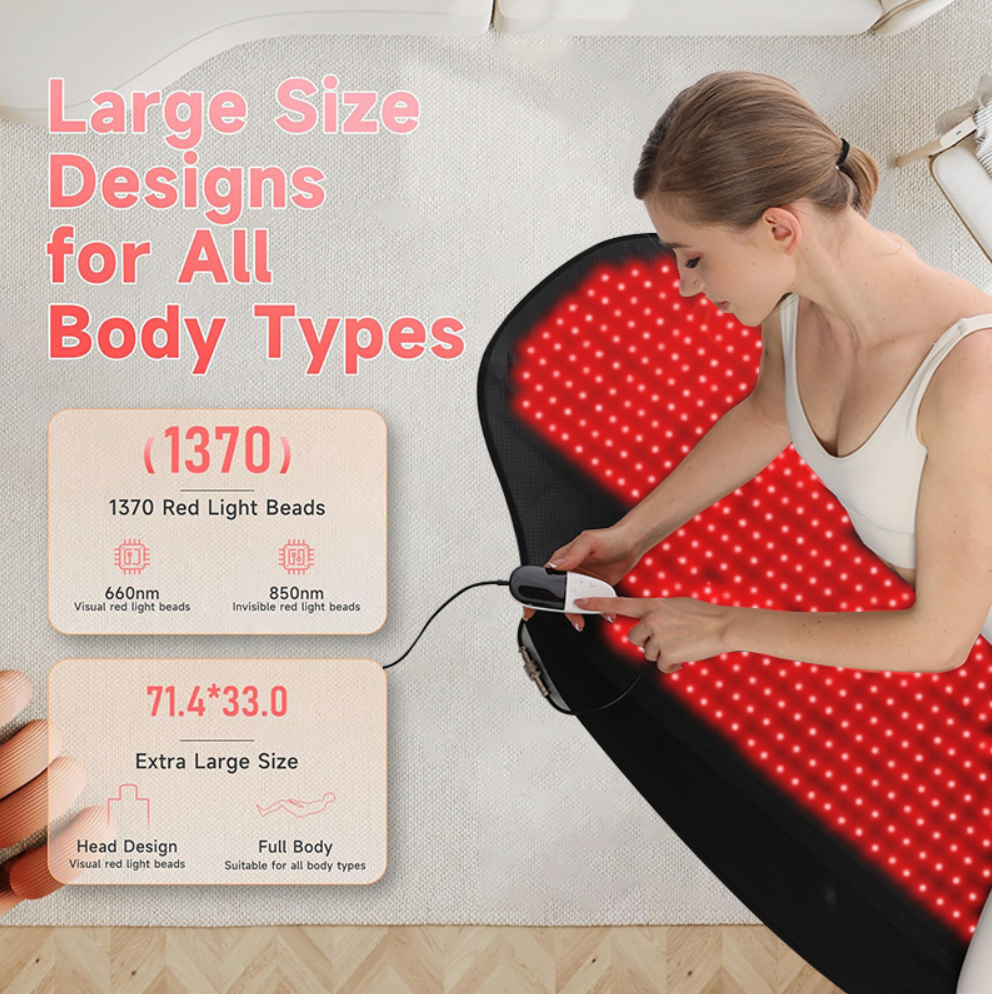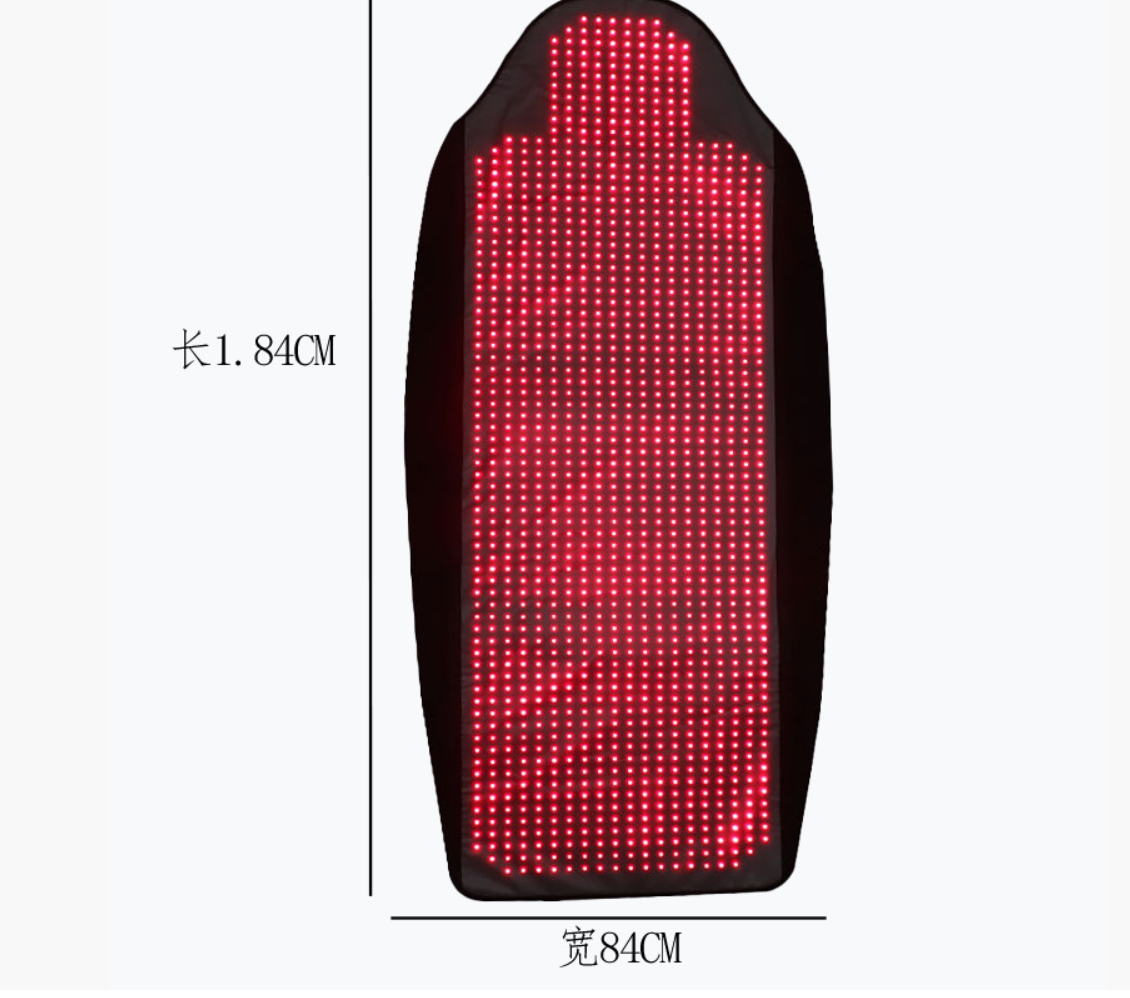About Chemical Peels:
Chemical Peels are one of the most popular spa treatments available and they can do wonders for the skin in the right situations. As a former medical spa owner, I oversaw our nurses and aestheticians performing a number of different types of peels including glycolic acid, lactic acid, salicylic acid, AHA, and more.
Peels work by removing dead skin and causing the skin to react with the chemicals used to provide the desired result, which might be reducing acne or skin oiliness, reducing fine lines, smoothing out the skin, etc. The percentage of ingredients and the ingredients themselves vary widely by brand and by the aesthetician.
Each person has their own special "formula" they use to mix the chemicals into a combination that will work best for the customer, but this also allows for error and potential damage to the skin. Anytime you place strong chemicals on the skin, there's always a chance things can go wrong, and for people with darker skin, a chance that they will get hyperpigmentation (lighter areas of skin).
About Microdermabrasion:

Microdermabrasion works in a completely different way to achieve very similar results. It's an all natural treatment that does not use any harsh chemicals and is done the same way every time, no matter who does the treatment.
This reduces errors and cuts down on the chances that something will go wrong. Microderm treatments use either a diamond tip or fine crystal particles to manually exfoliate the skin, removing the top layer of dead skin cells with a gentle stroke across the face.
Especially with the diamond tip, there is no reaction with the skin and its a safe and easy way to get a deep exfoliation. Beneath the skin, the body reacts to the treatment by producing new collagen and elastin, which we lose as we age.
This results in the face becoming plumper and firmer over time, a glowing complexion, and the smoothing of acne scarring, fine lines, wrinkles, and sun damage.
So what's the real difference between a Chemical Peel and Microdermabrasion?
They are basically working on the same skin conditions but in drastically different ways. The main difference is the use of harsh chemicals with a peel, while microdermabrasion is an all natural treatment that is dermatologist recommended.

Starting microdermabrasion at a young age, even once a month will keep the skin young and fresh and will prevent the usual signs of aging. While we don't have anything against chemical peels, we do believe that there is a better, safer, and all-natural way to fight the effects of aging, and that is with microderm treatments.
Continuing the discussion on the benefits and characteristics of procedures like chemical peels and microdermabrasion, it is essential to emphasize that the choice between these methods depends on specific skin needs and desired outcomes. A chemical peel, particularly a deep chemical peel, can be incredibly effective for addressing issues such as deep wrinkles, scars, and pronounced age spots. A deep peel penetrates into the deeper layers of the skin, allowing for significant improvements in texture and tone; however, this method requires considerable downtime. During the recovery period, the outer layer of skin may exhibit redness and peeling as it heals, revealing a more radiant and rejuvenated complexion underneath.
On the other hand, microdermabrasion is a non-invasive option that is highly effective in removing dead skin cells and addressing more superficial skin concerns like dull skin, mild acne, and fine wrinkles. This treatment involves exfoliating the outer layer of the skin using a diamond tip or fine crystals, which is particularly beneficial for those looking to maintain a youthful appearance without the risks associated with harsher treatments. Unlike chemical peels, microdermabrasion has minimal downtime, making it an attractive option for individuals with busy lifestyles.
Both chemical peels and microdermabrasion are valuable tools in a skincare regimen, but understanding your skin type and specific skin issues is crucial for choosing the right treatment. For instance, individuals with sensitive skin or those prone to hyperpigmentation may prefer the gentler approach of microdermabrasion, whereas those looking to treat more severe skin conditions might benefit from the more intensive action of a deep chemical peel. It's also worth noting that certain types of chemical peels, such as TCA (trichloroacetic acid) peels, can be tailored to varying strengths to suit different skin types and needs, offering a customizable approach to skincare.
Ultimately, whether you opt for a chemical peel or microdermabrasion, incorporating these treatments into your skincare routine can help combat the signs of aging, reduce the appearance of scars and wrinkles, and enhance overall skin radiance. However, it's essential to consult with a skincare professional to determine which procedure is best suited to your skin type and goals. By doing so, you can ensure that you achieve the most effective results while minimizing potential risks.












Leave a comment
This site is protected by hCaptcha and the hCaptcha Privacy Policy and Terms of Service apply.